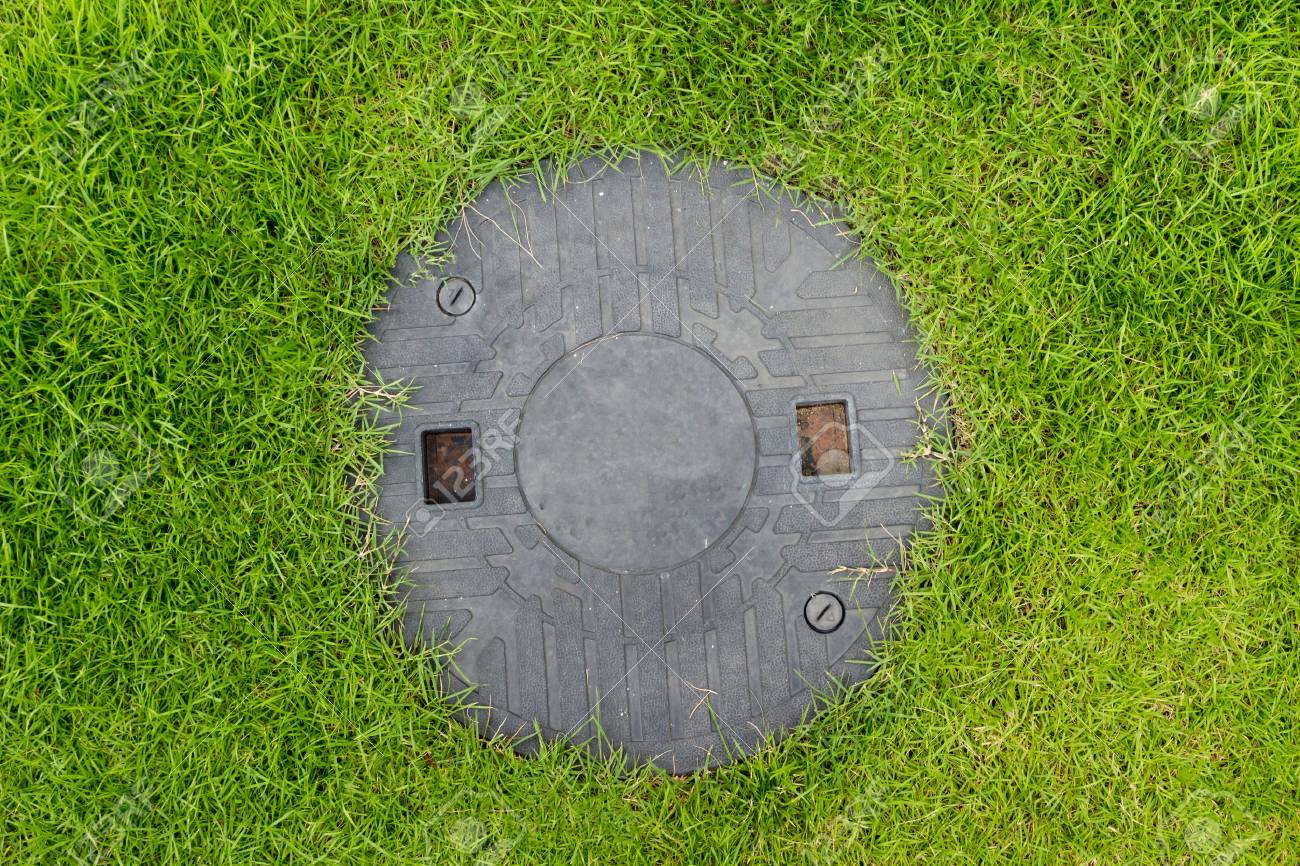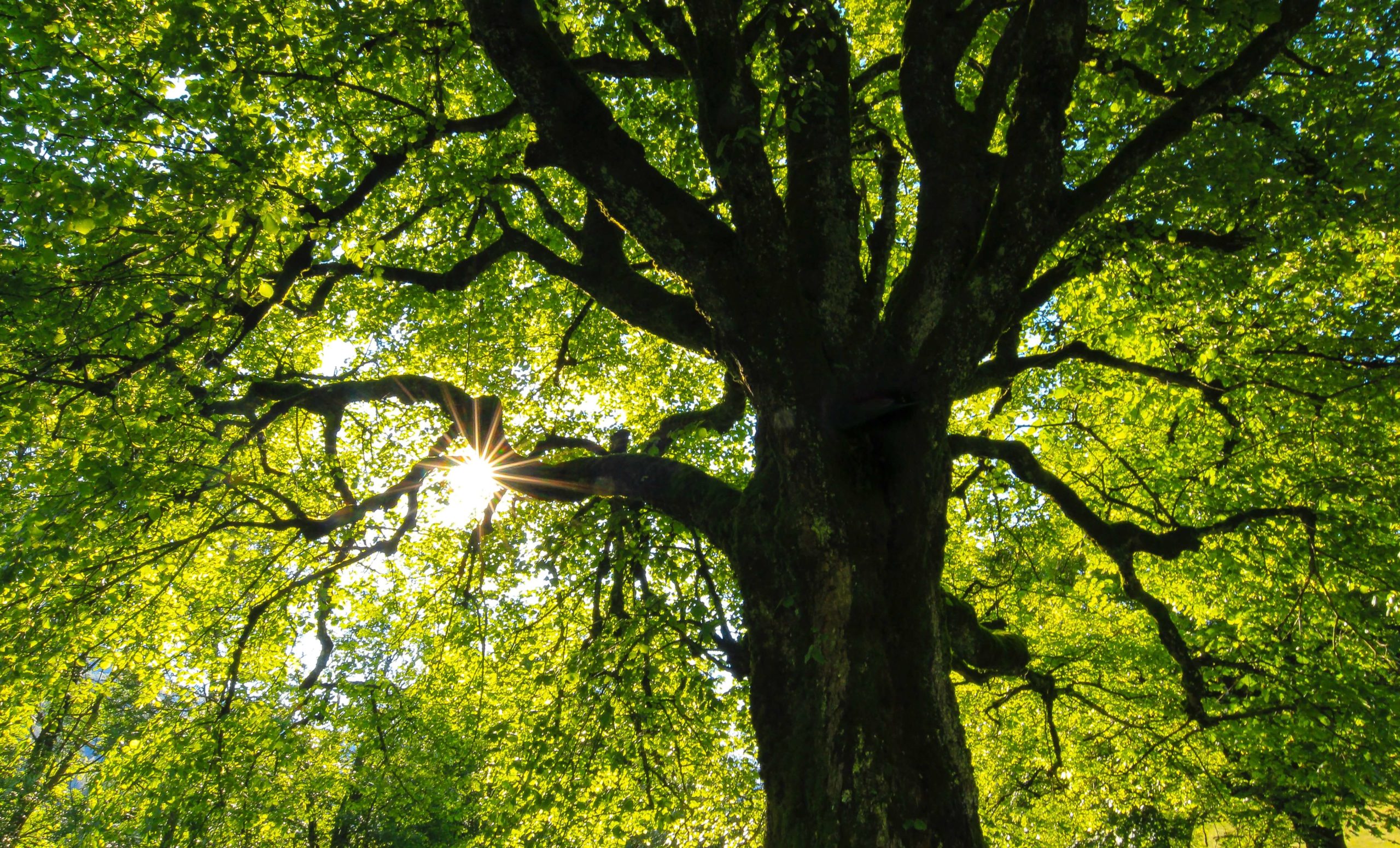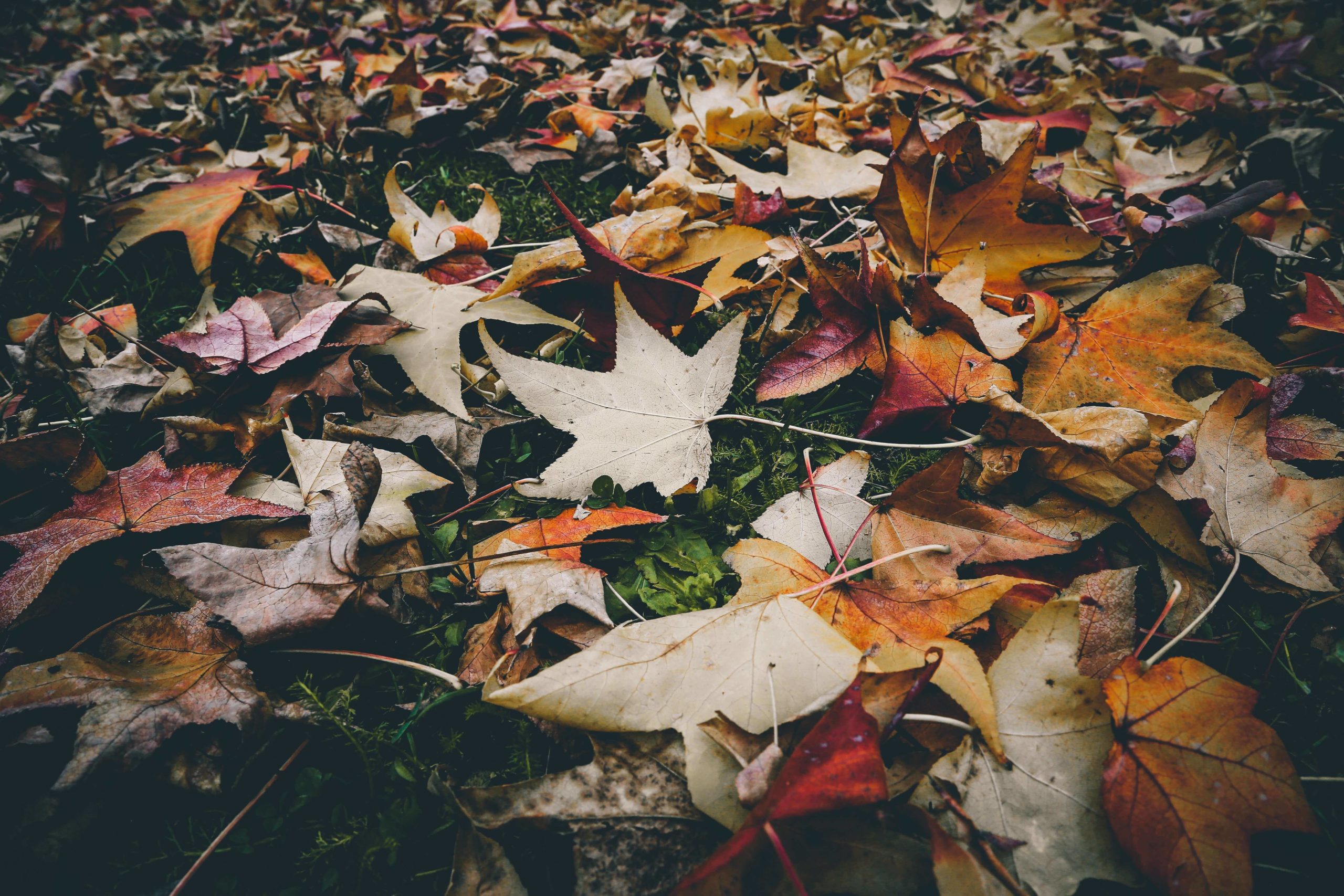Homeowner’s Guide to Gypsy Moth Management
The gypsy moth has been considered an introduced forest insect pest for the past 120 years. Introduced from France, it was accidentally released into Medford, Massachusetts, around 1869. Since then, it has gradually trailed the spine of the Appalachian Mountains into West Virginia.
It has now become a permanent resided in the northeastern United States. Several of West Virginia’s Eastern Panhandle counties also have become permanently infested. The insect is continuing to radiate south and west from this area and appears sporadically in isolated spots throughout the state.
The gypsy moth caterpillar has a very big appetite and is capable of feeding on some 500 species of trees and shrubs. Unfortunately, the leaves of most oak species are its preferred food. In fact, an area must have a reasonable amount of oak trees for gypsy moth populations to build up. Nearly 80% of West Virginia’s forests are heavily stocked with oak. However, scientists cannot always predict with accuracy where and when populations will expand or exactly how this insect will affect your trees and you. This translates into the need for close monitoring and planning by regulatory agencies, you, and your neighborhood.
Read more to find out what you need to know about Gypsy Moths, how to identify them, and how to control the spread of this insect.
Inside this Brochure
01 – Facts You Need To Know
02 – How to Know the Gypsy Moth
03 – Gypsy Moth Feeding Habits
04 – Sound Gypsy Moth Management is Spelled IPM
07 – Control Methods
Questions?
Contact Nathan Brophy at our office today at 570-495-4665 x 305 or nbrophy@nccdpa.org. We look forward to hearing from you!















